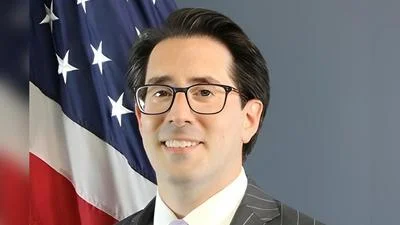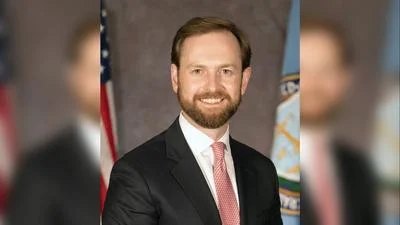LEWISTON, Idaho. - The Transportation Security Administration (TSA) has implemented new and stronger carry-on baggage security screening procedures at Lewiston-Nez Perce County Airport (LWS).
The new procedures require travelers to place all electronics larger than a cell phone in bins for X-ray screening when going through the security checkpoint. The electronics should be placed in a bin with nothing on top or below, similar to how laptops have been screened for several years.
“TSA is making a change to the screening procedures for certain items in carry-on baggage in order to stay ahead of evolving threats to the transportation system," said Andy Coose, TSA federal security director for Idaho. “Passengers should expect to see TSA officers in front of the checkpoint X-ray machines to advise them on which items need to be removed from carry-ons during screening process."
Travelers departing airports where the new procedures are in place will be asked to remove electronics larger than a cell phone from their carry-on bags. In addition, passengers will still need to remove their one-quart bag containing liquids, gels and aerosols in quantities of less than 100 ml (3.4 ounces). However, the new procedures now require the one-quart bag to be placed in a bin by itself for x-ray screening. By simply removing these specific items from the carry-on, TSA officers are able to obtain a clearer view of them on the X-ray screen.
The new screening procedures were tested at 10 airports including the Boise Airport over the past several months. The procedures will be implemented at airports nationwide in the coming weeks and months.
TSA has identified ways to improve screening procedures with quicker and more targeted measures to clear potential threat items in carry-on bags. However, passengers may experience more bag checks so it is strongly advised that passengers arrive at LWS at least 90 minutes prior to their flight’s departure.
At the security checkpoint, TSA officers will be stationed in front of the checkpoint X-ray machines to guide passengers through the screening process. Passengers are encouraged to listen to the specific directions given to ensure the proper procedures are followed.
Travelers can prepare for these new procedures by following a few simple steps:
* Organize the carry-on bag so electronics larger than a cell phone can be quickly and easily accessed when at the security checkpoint.
* Ensure the quart-size bag of liquids, gels and aerosols can also be accessed quickly and easily.
* Don’t overstuff the carry-on bag. An uncluttered bag makes the screening process easier and quicker for passengers and TSA officers. Consider checking bags when feasible.
* Once screening is complete, be sure to put all electronics back in the carry-on bag. Double-check the bins to make sure nothing is left behind.
There are no changes to what travelers can bring through the checkpoint. Liquids in quantities of less than 100 ml (3.4 ounces), food, electronics, and books continue to be allowed in carry-on bags. The new security measures do not apply to passengers who are being screened in a dedicated TSA Pre✓® lane.
In late July, DHS announced that these new carry-on procedures would be implemented at all airports in the coming months. It is part of an effort to raise the baseline for aviation security domestically and stay ahead of the evolving threat against aviation.
In late June, DHS launched a broad initiative to enhance security requirements for all direct commercial flights into the United States. These measures, both seen and unseen, include enhanced screening of passengers and electronic devices as well as heightened security standards for aircraft and airports at nearly 280 airports in more than 100 countries. TSA continues to work closely with airports and airlines to enhance and implement these security measures.
Source: U.S. Department of Homeland Security, Transportation Security Administration









